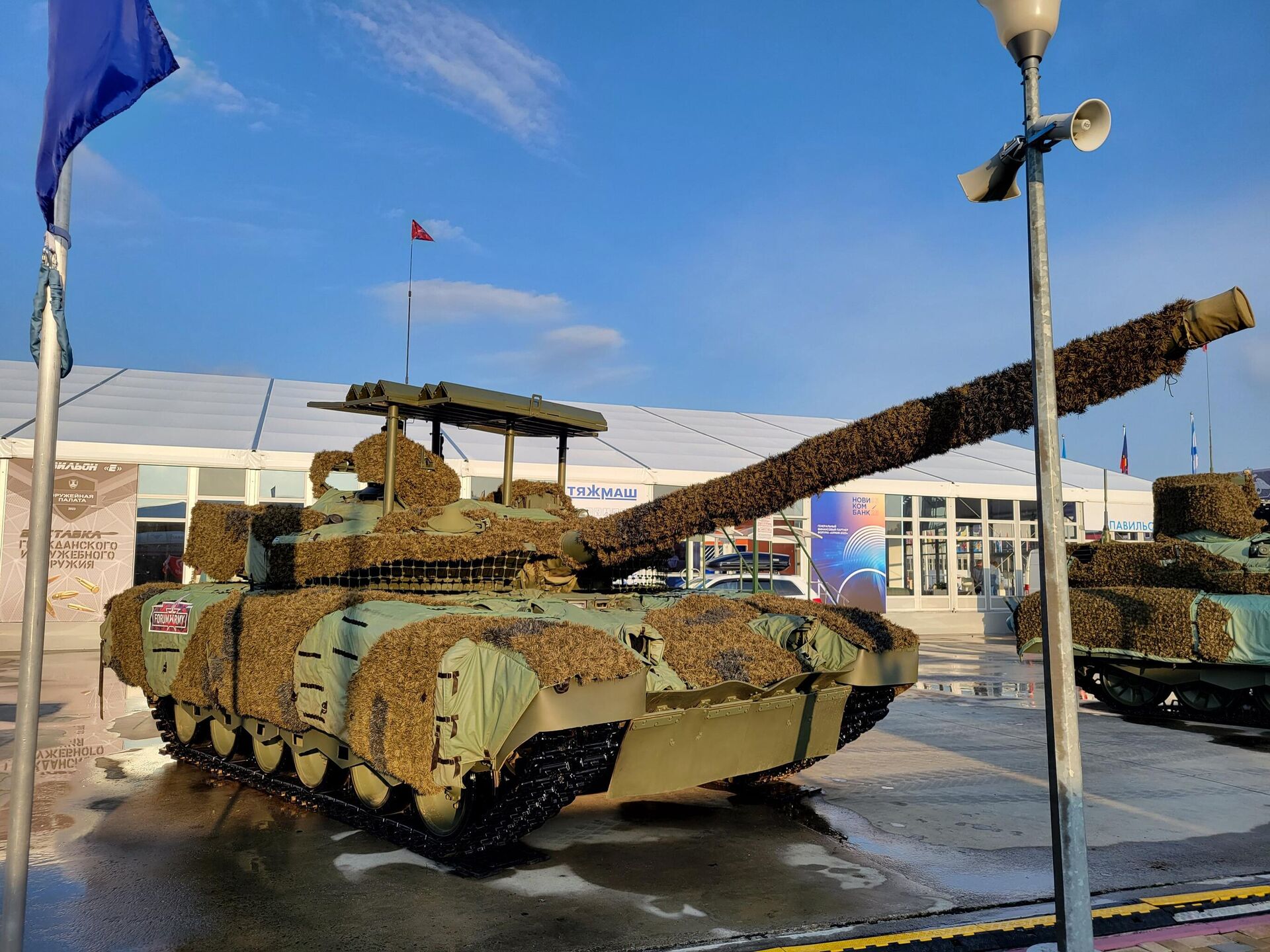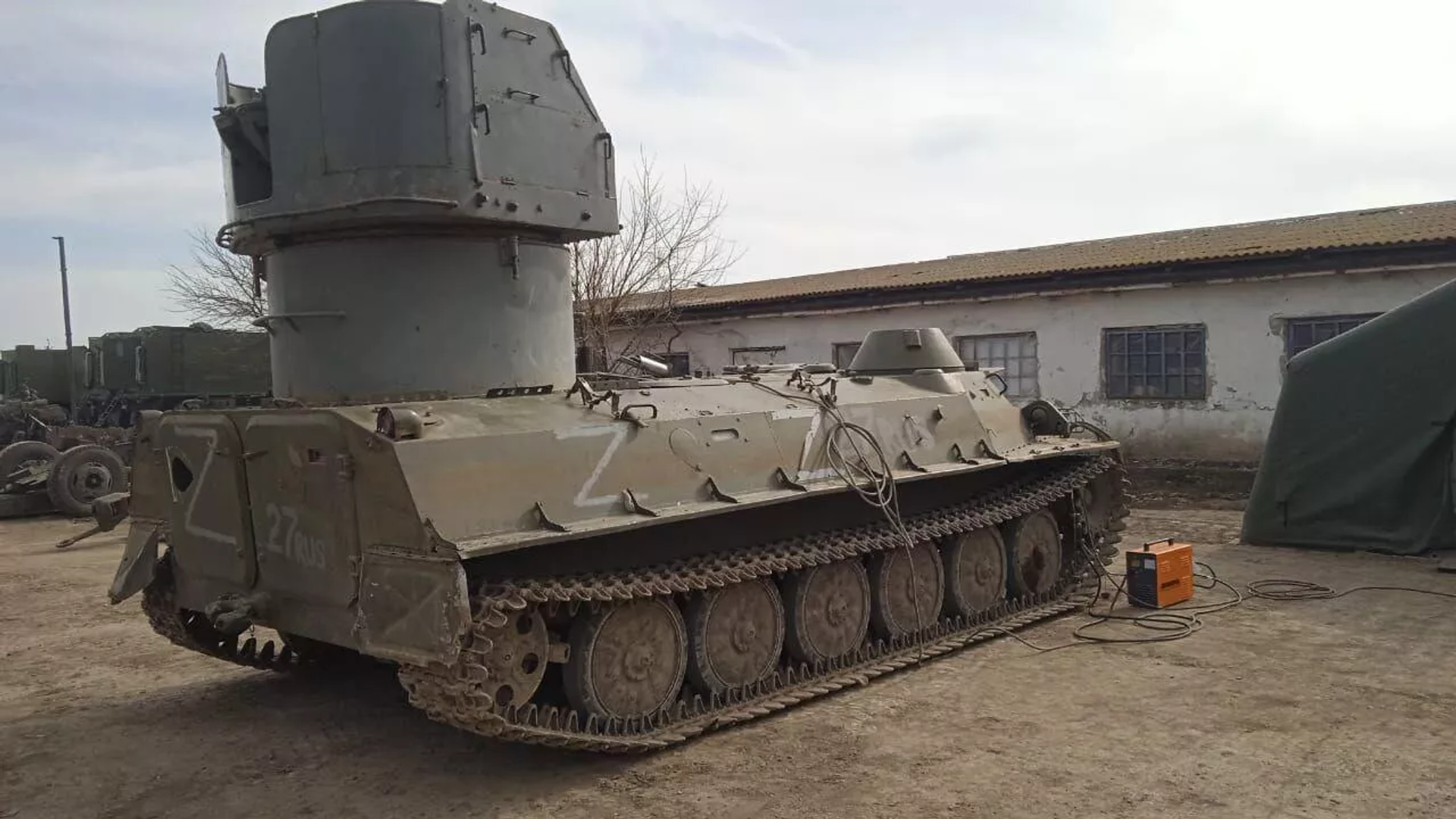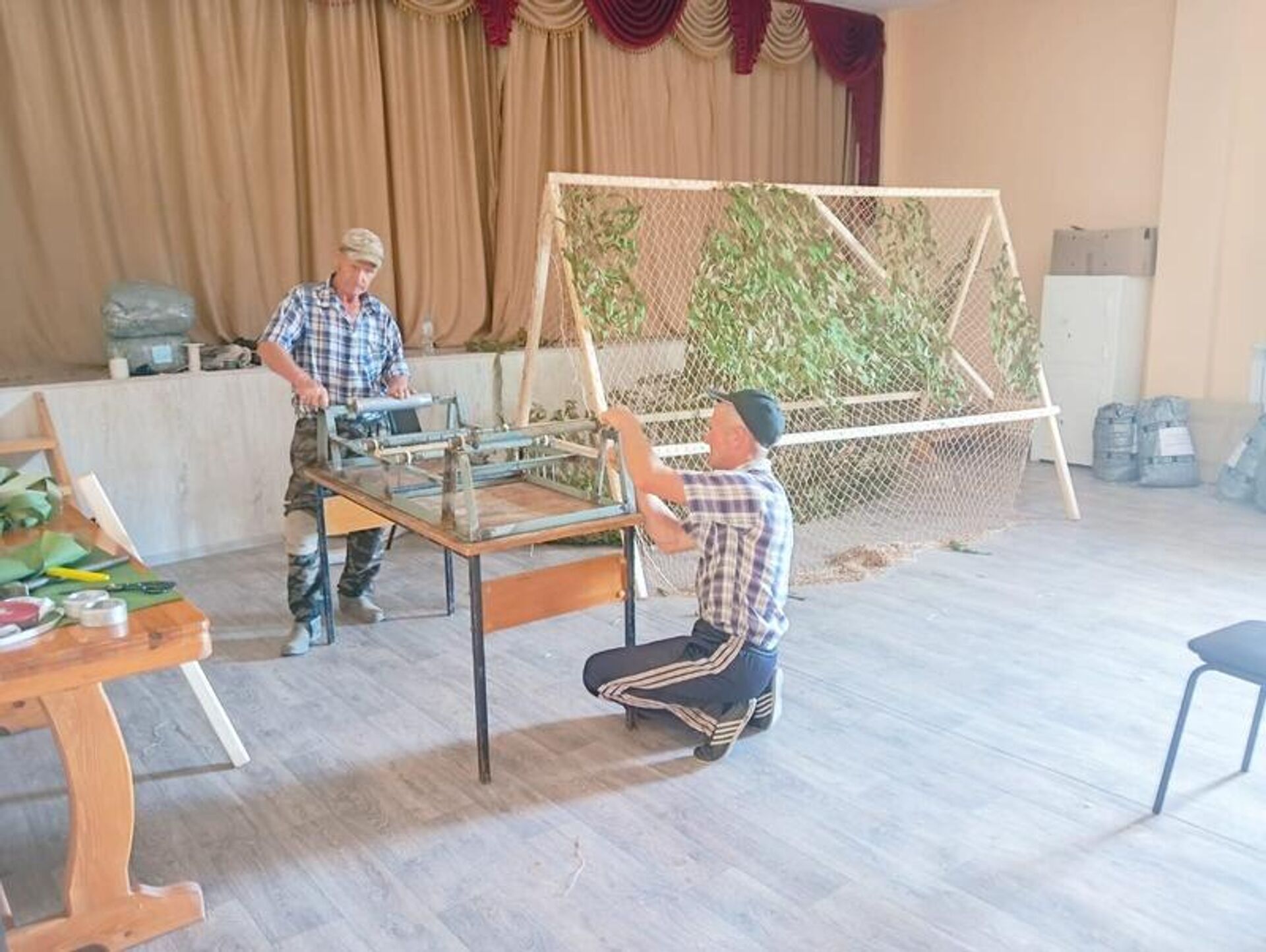https://sputnikglobe.com/20230917/inside-look-at-do-it-yourself-arms-and-equipment-used-by-russian-troops-during-special-op-1113438723.html
Inside Look at Do-It-Yourself Arms and Equipment Used by Russian Troops During Special Op
Inside Look at Do-It-Yourself Arms and Equipment Used by Russian Troops During Special Op
Sputnik International
The Ukrainian conflict has become the biggest security crisis in Europe since WWII, straining defense industries’ ability to churn out weapons and equipment fast enough, and to adapt them to the rapidly changing needs of modern combat. Sputnik explores some of the DIY arms and kit invented and built by ordinary Russian soldiers and volunteers.
2023-09-17T17:08+0000
2023-09-17T17:08+0000
2023-09-17T17:18+0000
russia
ukraine
nato
rpg-7
ak-74
javelin
military
https://cdn1.img.sputnikglobe.com/img/07e7/09/11/1113439044_0:100:3286:1948_1920x0_80_0_0_6122f7b44940b770e0b0e7a95a19429e.jpg
Ukraine has become a perfect “testing ground” for NATO’s latest weapons systems, now-former Ukrainian Defense Minister Oleksii Reznikov casually admitted to British business media back in July. “For the military industry of the world, you can’t invent a better testing ground,” the official said, adding that by sending arms to Ukraine, the US and its allies “can actually see if their weapons work, how efficiently they work and if they need to be upgraded.”Setting aside the twisted sense of glee expressed by the official at the prospect of having his own country turned into a “testing ground” for the sake of a conflict he previously acknowledged was being fought for NATO’s interests, Reznikov is right about one thing: the Ukraine crisis has forced the military industrial complexes in both the West and Russia to go into overdrive to create and field arms and equipment suitable for the rapidly changing conditions of modern conflict.Improvised Tank DefensesAmong the first modifications to existing equipment quickly spotted by military analysts and casual observers alike was the improvised slat armor (aka bar armor or cage armor) popping up on Russian tanks and armored vehicles from early 2022 onward, designed to provide vehicles with a measure of improvised protection against the thousands of anti-tank missiles flooding into Ukraine from NATO countries.The improvised defenses, typically attached over the turrets of main battle tanks to protect against a range of top-attack portable anti-tank weapons like the US-made Javelin and some types of loitering munition drones, were soon pejoratively-dubbed “cope cages” by Western media and Russia-haters online. The sneering and derision soon stopped, however, after it emerged that Ukraine’s military had taken heed of Russian designs and also started to install the makeshift slat armor on their own tanks – including the sleek and modern (but as it turns out, not invincible) British-made Challenger 2s.Amid the unprecedentedly dense deployment of drones during the crisis (to the point where some observers have now dubbed the Ukraine conflict the world’s “first full-scale drone war,” Russian frontline mechanics have come to depend on a variety of makeshift slat armor designs to provide vehicles with increased protection – particularly against smaller, lightly armed copter drones.All-Purpose Tracked VehiclesRussian mechanics have gotten into heavy duty modifications as well, with photos spreading like wildfire online of Soviet-designed MT-LB multipurpose towing vehicles equipped with a seemingly endless array of upgrades, ranging from welded-on 120 mm mortar guns, to grenade launchers, ZU-23-2 23x152 mm anti-aircraft autocannons, and even 25 mm 2M-3 gun installations which are ordinarily used on board warships.AK-Launched Mortars, Remote-Controlled KornetsRussian frontline forces’ tinkering with weapons has included modifications to small arms as well. Last month, servicemen from a repair squad unveiled inventions designed to make use of stocks of readily available, but otherwise little-used munitions, machining adaptors to turn RPG-7 rocket grenade launchers into mortars, and turning standard-issue AK-74 assault rifles into RGD-5 grenade launchers.In July, Russian television reported on efforts by troops in another section of the front to modify the deadly Kornet man-portable anti-tank missiles, making them remote-controllable to a distance of up to 50 meters from their launchers, thereby reducing risks to operators’ lives in case of enemy return fire.Commercial Drones and Custom ComponentsIn the early stages of the conflict, before the Russian defense sector began ramping up the production of new indigenous reconnaissance and strike drones, troops at the front supported by volunteers behind the lines had to rely on small, cheap, commercially-available UAVs for simple recon missions. With Ukrainian forces adapting to the off-the-shelf drones’ radar signals, operators began tinkering with both the hardware and software of the UAVs to make them harder to detect and destroy. In time, volunteers from cities across Russia began the widespread manufacture of 3D-printed components to turn ordinary copter drones into deadly, bomb-dropping weapons platforms.Not by Guns AloneAside from weapons and munitions, the conflict has seen thousands of volunteers from across Russia organizing to manufacture and deliver a broad array of equipment and supplies, from custom-made camouflage netting and first-aid kits to portable generators, clothing and other specialized gear.Among these supplies, volunteer handymen from Tatarstan, Novosibirsk, Vologda, and other regions have teamed up to produce mobile bathhouses, some of them built on GAZ-66 trucks, and others consisting of modular, easy-to-disassemble and move parts, to increase the number of times per week that soldiers near the front can enjoy the luxury of a proper bath.Some of the equipment can be set up near any local river, pond or other water source to make bathing and washing possible even in otherwise remote and difficult conditions. If that’s not possible, volunteers from Orenburg and Lipetsk have been churning out the next best thing: so-called “dry showers” consisting of special soapy napkins which can be moistened with only a small amount of water to allow soldiers to freshen up even in conditions where traditional showers or saunas aren’t an option.Elsewhere, volunteers, including craftsmen from Bryansk and Vyborg, have worked round-the-clock to build small, portable potbelly stoves to keep troops warm in cold months, and provide them with a source of heat for cooking.Other customized tools have proven just as important. Earlier this year, a war correspondent designed a custom-made, two-wheel electric trolley built from off-the-shelf parts, including bicycle wheels, a lightweight aluminum camper bed, small motor and battery to assist with evacuation of the wounded, and the transfer of ammunition and supplies to the frontline. “The result exceeded all expectations! In just one combat mission, the cart, driven by only one soldier, helped evacuate about ten wounded and dead, transport many boxes of ammunition to positions, and deliver countless thermoses with hot food,” a correspondent wrote, describing the cart design in a Telegram post last month.Last but not least is the DIY equipment made for man’s best friend. In May, an enterprise in Donetsk kicked off the manufacture of special anti-fragmentation vests designed specially for sapper and medical dogs used to deliver first aid and ammunition, and to provide moral comfort to troops. The vests, featuring a protection rating class of between Br1 and C2, are expected to dramatically improve survivability in dangerous combat conditions.
https://sputnikglobe.com/20230914/pentagon-using-ukraine-as-testing-ground-for-electronic-warfare-says-us-commander-1113381823.html
https://sputnikglobe.com/20230811/watch-russian-soldiers-adapt-rpg-to-hit-enemy-forces-in-ukraine-op-1112541314.html
https://sputnikglobe.com/20230816/russian-ingenuity-how-volunteers-create-medical-equipment-bomb-parts-for-the-front-1112648142.html
russia
ukraine
Sputnik International
feedback@sputniknews.com
+74956456601
MIA „Rossiya Segodnya“
2023
News
en_EN
Sputnik International
feedback@sputniknews.com
+74956456601
MIA „Rossiya Segodnya“
Sputnik International
feedback@sputniknews.com
+74956456601
MIA „Rossiya Segodnya“
ukraine, russia, special operation, do it yourself, diy, supplies, equipment, weapons, tinker, military, home-made, self-made, volunteers, support, modification
ukraine, russia, special operation, do it yourself, diy, supplies, equipment, weapons, tinker, military, home-made, self-made, volunteers, support, modification
Inside Look at Do-It-Yourself Arms and Equipment Used by Russian Troops During Special Op
17:08 GMT 17.09.2023 (Updated: 17:18 GMT 17.09.2023) The Ukraine conflict has become the biggest security crisis in Europe since WWII, straining defense industries’ ability to churn out weapons and equipment fast enough, and to adapt them to the rapidly changing needs of modern combat. Sputnik explores some of the DIY arms and kit invented and built by ordinary Russian soldiers and volunteers.
Ukraine has become a perfect “testing ground” for NATO’s latest weapons systems, now-former Ukrainian Defense Minister Oleksii Reznikov
casually admitted to British business media back in July. “For the military industry of the world, you can’t invent a better testing ground,” the official said, adding that by sending arms to Ukraine, the US and its allies “can actually see if their weapons work, how efficiently they work and if they need to be upgraded.”
Setting aside the twisted sense of glee expressed by the official at the prospect of having his own country turned into a “testing ground” for the sake of a conflict he
previously acknowledged was being fought for NATO’s interests, Reznikov is right about one thing: the Ukraine crisis has forced the military industrial complexes in both the West and Russia to go into overdrive to create and field arms and equipment suitable for the rapidly changing conditions of modern conflict.
That’s not always easy for engineers and scientists sitting in offices or working on shop floors thousands of kilometers from the front. Therefore, the past year-and-a-half has witnessed many dozens of examples of on-the-fly tinkering with existing weapon platforms by ordinary Russian servicemen, and the springing up of volunteer groups like mushrooms literally across the country to mass-manufacture other equipment critical to the troops’ safety and comfort.
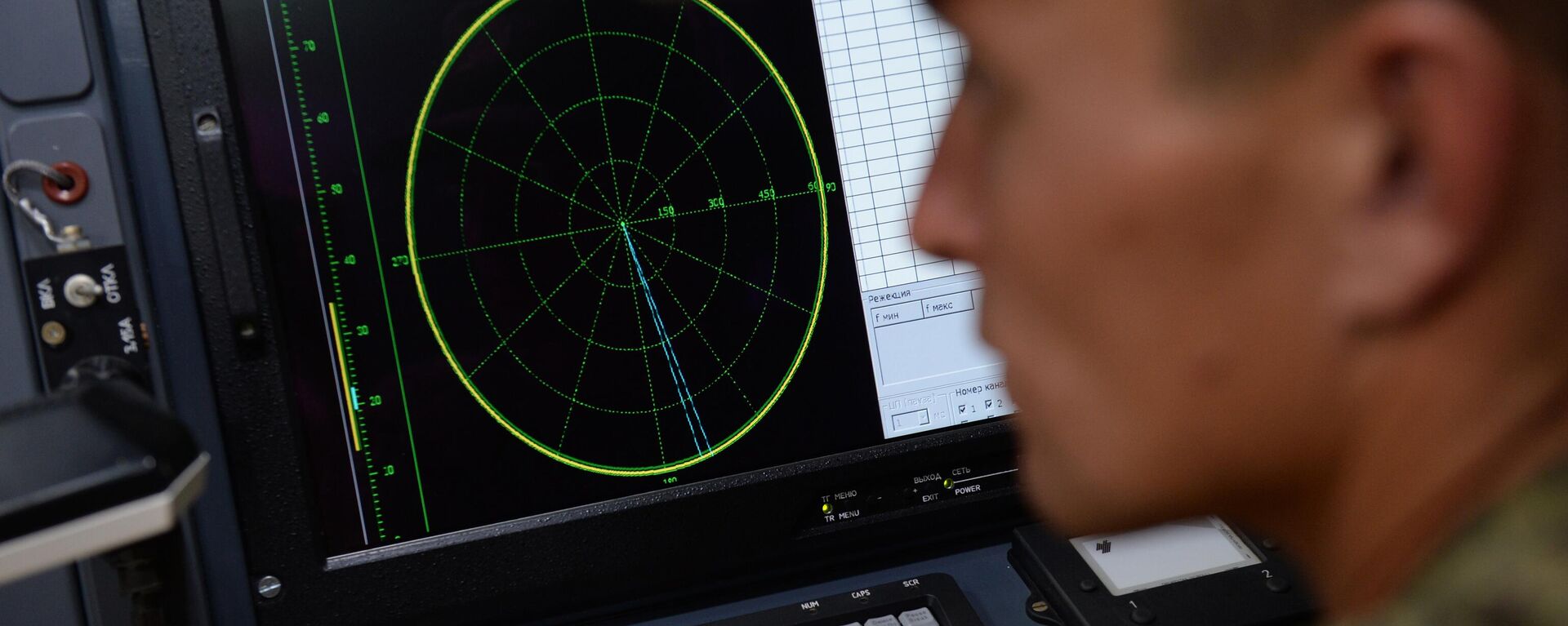
14 September 2023, 22:19 GMT
Among the first modifications to existing equipment quickly spotted by military analysts and casual observers alike was the improvised slat armor (aka bar armor or cage armor) popping up on Russian tanks and armored vehicles from early 2022 onward, designed to provide vehicles with a measure of improvised protection against the thousands of anti-tank missiles flooding into Ukraine from NATO countries.
The improvised defenses, typically attached over the turrets of main battle tanks to protect against a range of top-attack portable anti-tank weapons like the US-made Javelin and some types of loitering munition drones, were soon pejoratively-dubbed
“cope cages” by Western media and Russia-haters online. The sneering and derision soon stopped, however, after it emerged that Ukraine’s military had taken heed of Russian designs and
also started to install the makeshift slat armor on their own tanks –
including the sleek and modern (
but as it turns out, not invincible) British-made Challenger 2s.
Amid the unprecedentedly dense deployment of drones during the crisis (to the point where some observers have now dubbed the Ukraine conflict the world’s
“first full-scale drone war,” Russian frontline mechanics have come to depend on a variety of makeshift slat armor designs to provide vehicles with increased protection – particularly against smaller, lightly armed copter drones.
All-Purpose Tracked Vehicles
Russian mechanics have gotten into heavy duty modifications as well, with photos spreading like wildfire online of Soviet-designed MT-LB multipurpose towing vehicles equipped with a seemingly endless array of upgrades, ranging from welded-on 120 mm mortar guns, to grenade launchers, ZU-23-2 23x152 mm anti-aircraft autocannons, and even 25 mm 2M-3 gun installations which are ordinarily used on board warships.
“The MT-LB is a very successful platform,” an officer told Sputnik. “Unpretentious in maintenance, with good cross-country capabilities. It’s not armored, but it’s not meant to go up against tanks. These vehicles are mainly needed to deliver ammunition, food and water to the front line. But with additional weapons they can do more than that. The modification with the ZU-23-2 anti-aircraft gun is very popular, and works equally well both in the air and on the ground,” the officer said.
AK-Launched Mortars, Remote-Controlled Kornets
Russian frontline forces’ tinkering with weapons has included modifications to small arms as well. Last month, servicemen from a repair squad unveiled inventions designed to make use of stocks of readily available, but otherwise little-used munitions, machining adaptors to turn RPG-7 rocket grenade launchers into mortars, and turning standard-issue AK-74 assault rifles into RGD-5 grenade launchers.
In July, Russian television
reported on efforts by troops in another section of the front to modify the deadly Kornet man-portable anti-tank missiles, making them remote-controllable to a distance of up to 50 meters from their launchers, thereby reducing risks to operators’ lives in case of enemy return fire.
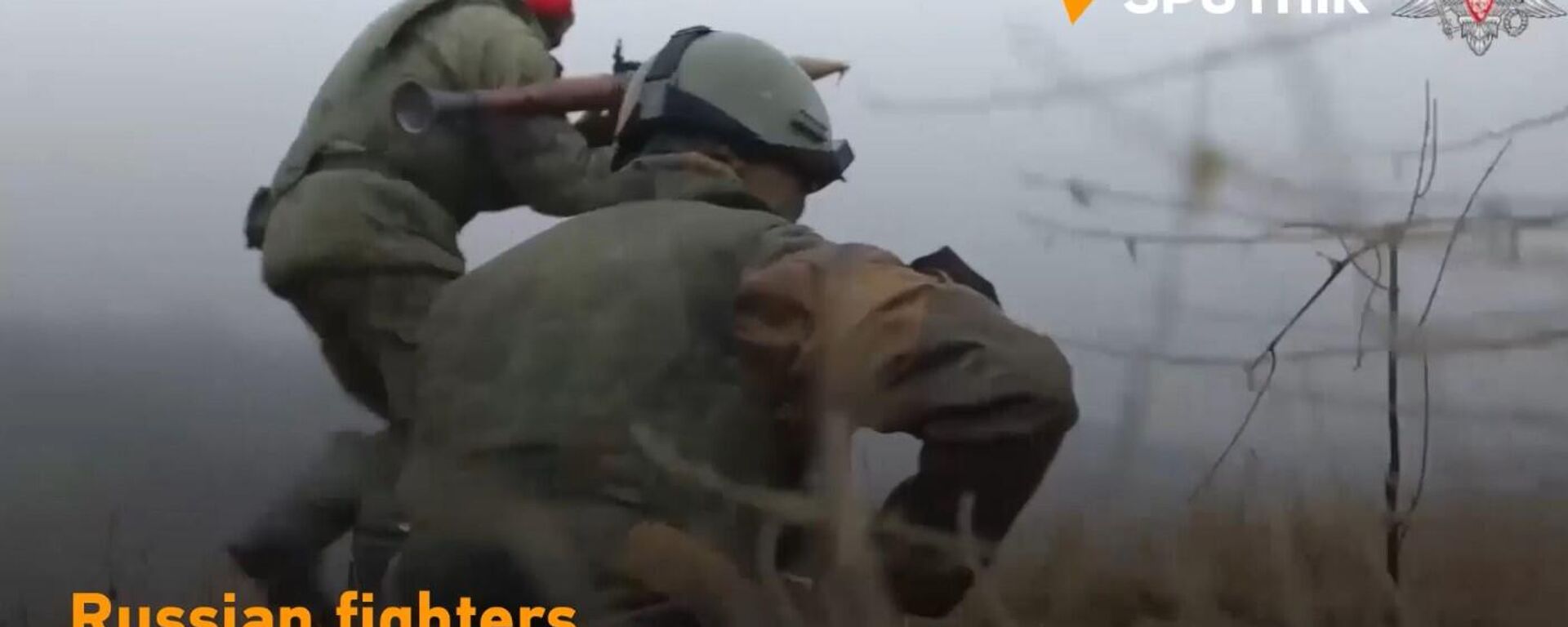
11 August 2023, 17:26 GMT
Commercial Drones and Custom Components
In the early stages of the conflict, before the Russian defense sector began ramping up the production of new indigenous reconnaissance and strike drones, troops at the front supported by volunteers behind the lines had to rely on small, cheap, commercially-available UAVs for simple recon missions. With Ukrainian forces adapting to the off-the-shelf drones’ radar signals, operators began tinkering with both the hardware and software of the UAVs to make them harder to detect and destroy. In time,
volunteers from cities across Russia began the widespread manufacture of 3D-printed components to turn ordinary copter drones into deadly, bomb-dropping weapons platforms.
“We use ordinary household 3D printers and plastics. Incidentally, since the start of the military operation, a lot of Russian producers of plastics have popped up, and it’s much cheaper and higher quality to buy domestically. Along with printers, some volunteers have lathes, laser machines, engraving and milling machines,” a volunteer coordinator told a Sputnik correspondent on the sidelines of the ARMY-2023 military forum last month.
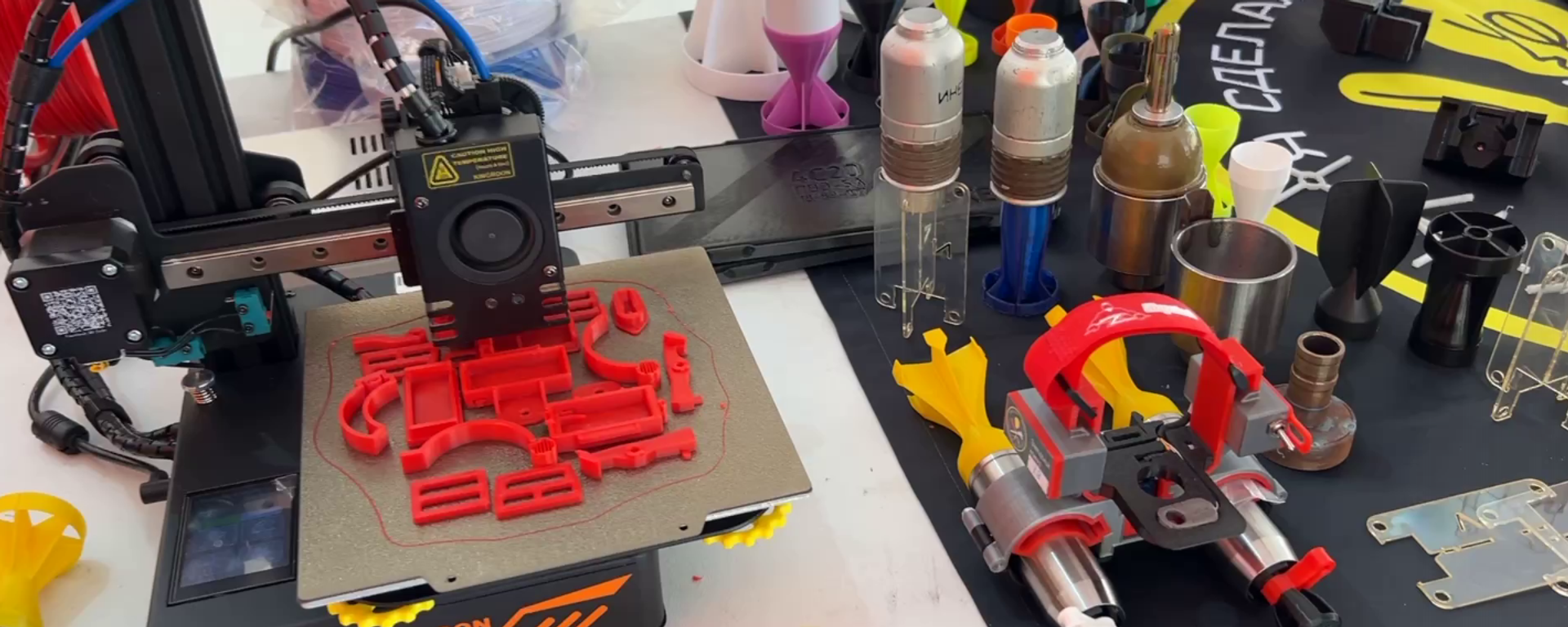
16 August 2023, 16:43 GMT
Aside from weapons and munitions, the conflict has seen thousands of volunteers from across Russia organizing to manufacture and deliver a broad array of equipment and supplies, from custom-made camouflage netting and first-aid kits to portable generators, clothing and other specialized gear.
Among these supplies, volunteer handymen from Tatarstan, Novosibirsk,
Vologda, and other regions have
teamed up to produce mobile bathhouses, some of them built on GAZ-66 trucks, and others consisting of modular, easy-to-disassemble and move parts, to increase the number of times per week that soldiers near the front can enjoy the luxury of a proper bath.
Some of the equipment can be set up near any local river, pond or other water source to make bathing and washing possible even in otherwise remote and difficult conditions. If that’s not possible, volunteers from
Orenburg and
Lipetsk have been churning out the next best thing: so-called “dry showers” consisting of special soapy napkins which can be moistened with only a small amount of water to allow soldiers to freshen up even in conditions where traditional showers or saunas aren’t an option.
Elsewhere, volunteers, including craftsmen from
Bryansk and
Vyborg, have worked round-the-clock to build small, portable potbelly stoves to keep troops warm in cold months, and provide them with a source of heat for cooking.
Other customized tools have proven just as important. Earlier this year, a war correspondent designed a custom-made, two-wheel electric trolley built from off-the-shelf parts, including bicycle wheels, a lightweight aluminum camper bed, small motor and battery to assist with evacuation of the wounded, and the transfer of ammunition and supplies to the frontline. “The result exceeded all expectations! In just one combat mission, the cart, driven by only one soldier, helped evacuate about ten wounded and dead, transport many boxes of ammunition to positions, and deliver countless thermoses with hot food,” a correspondent
wrote, describing the cart design in a Telegram post last month.
Last but not least is the DIY equipment made for man’s best friend. In May, an enterprise in Donetsk kicked off the manufacture of special anti-fragmentation vests designed specially for sapper and medical dogs used to deliver first aid and ammunition, and to provide moral comfort to troops. The vests, featuring a protection rating class of between Br1 and C2, are
expected to dramatically improve survivability in dangerous combat conditions.

